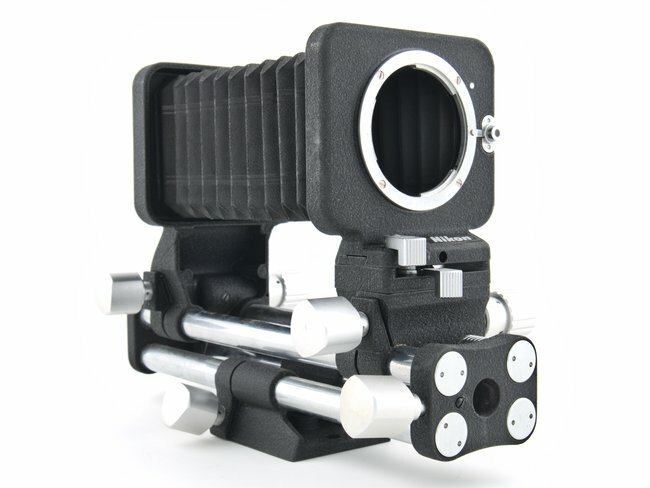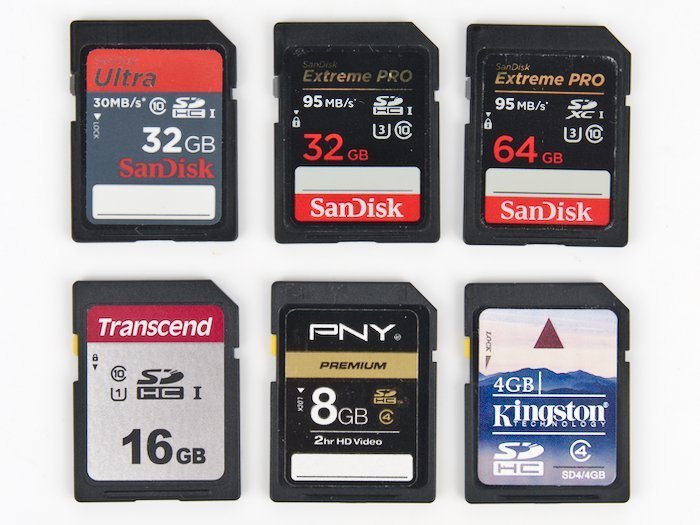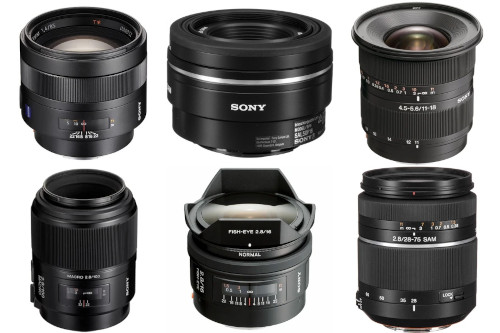
The 6 Best Lenses for the Sony A300
- Nathaniel Stephan
- Sony a300
- April 10, 2020
Table of Contents
The Sony A300 is a great Single Lens Translucent camera. If you don’t currently own a lens for your camera or are looking for a new lens, this article will cover the best 6 lenses to use on the Sony SLT-A300.
Affiliate Advertising Disclosure
Outside the Shot is a participant in the Amazon Services LLC Associates Program, an affiliate advertising program designed to provide a means for sites to earn advertising fees by advertising and linking to Amazon.com.
As an eBay Partner, I may be compensated if you make a purchase. I also participate in affiliate advertising programs with KEH and Adorama. More can be found on the Affiliate Disclosure page.
Standard Primes
Sony 50mm f/1.8 SAM DT
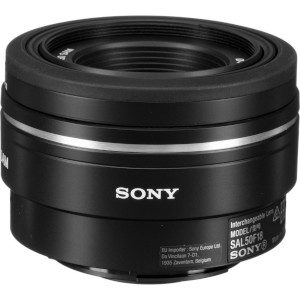
- Outstanding optics.
- Small and light weight.
- Can be difficult to find new.
- Smooth Autofocus Motor (SAM)
- Circular aperture.
See current price and more information on:
The perfect combination of compact size and lightweight. Quiet and fast autofocus is provided from a built-in motor..
Rounded aperture blades allow you to stop down to f/4 and keep an almost perfectly circular aperture. This results in beautiful bokeh and more flexibility in controlling depth of field.
Minolta Maxxum AF 50mm f/1.7
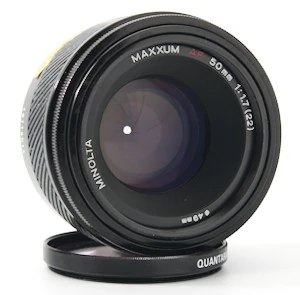
- Built-in lens hood.
- Amazing value.
- Light and compact.
- Widely available used.
- Coupled autofocus.
See current price and more information on:
This is one of the first lenses from the introduction of the A-mount for autofocus. Because of the age of the lens, the autofocus is done by the built-in motor in the A300’s camera body.
Mechanically coupled autofocus can be a little noisy and slow. Then again, if that’s not an issue for you the results are excellent. {The bokeh is eye-catching and you’ll end up getting a classic look to your images|You will end up getting a classic look and pleasant bokeh.
Another significant benefit of this lens is the price. It is noticeably cheaper compared to the Sony 50mm f/1.8 and also might be the lowest priced lens on the list.
Sony 50mm f/1.4
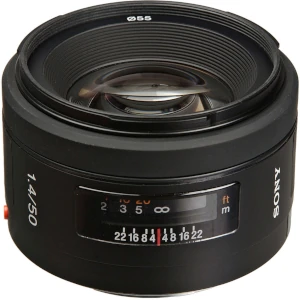
- Outstanding optics.
- Optical multi-coatings.
- Circular aperture.
- 55mm filter threads.
See current price and more information on:
A little faster compared to the Sony f/1.8, nevertheless that can make a difference when you’re taking pictures without much light. That as expected comes at an increased expense.
It is still a lightweight and relatively compact lens that works nicely on the A300 and will fit into practically any kind of camera bag.
A slightly more inexpensive option is the Minolta AF 50mm f/1.4. Bear in mind that copies can be very difficult to get in good usable condition. It also was built with physically coupled autofocus, which is louder and slower than lenses with built-in motors}.
Portrait & Telephoto Lens
Sony 85mm f/1.4 ZA
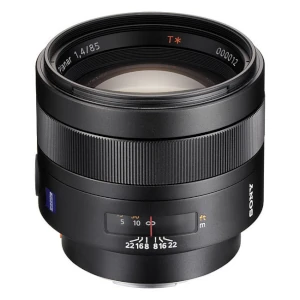
- Incredible bokeh.
- Excellent value used.
- T* coating to reduce flare and increase contrast.
- Astonishingly sharp wide open.
See current price and more information on:
Sony showed off with this lens. The lens was built by Zeiss. The ZA (Zeiss Alpha) means that Zeiss designed the lens specifically for the Sony A-mount.
This lens is unbelievable. Razor sharp corner-to-corner with stunning colors that renders remarkable portraits.
A potential downside is that the lens is a bit heavy because it is built like a tank and the autofocus can be slow at times. Be aware, that you’ll run into similar issues with any f/1.4 85mm lens.
Minolta Maxxum AF 85mm f/1.4
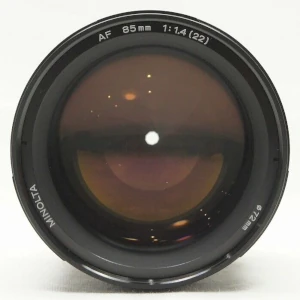
- Possible to find a good used deal.
- Superb image quality.
- Uses autofocus coupler.
- Double-Gauss design.
See current price and more information on:
In terms of cost, this lens falls between the other 2. Getting a used lens in usable condition may be challenging as a result of a limited supply available.
Despite the fact that the lens does have autofocus, it’s driven by the in-body motor that employs a physical coupler. This means the lens will be fairly loud and sluggish.
The lens is an older 6 lens element Double-Gauss design. A benefit to this is images have a distinct look that are unable to be produced by contemporary lenses that are built with far more elements.
Sony A300 Zoom Lenses
Sony 28-75mm f/2.8
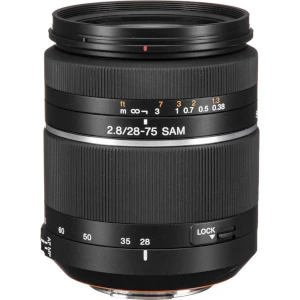
- Very usable zoom range.
- Great value used.
- Constant aperture.
- Smooth Autofocus Motor (SAM).
See current price and more information on:
If you want to shoot indoor shooting, travel, family photos, and night events, this is an ideal fast zoom for that. The autofocus is fairly quiet and the lens is well made.
The lens often gets compared to the legendary Zeiss 24-70mm lens, but it’s about half the weight and costs less. Both produce professional images.
Sony 55-200mm f/4-5.6 SAM DT
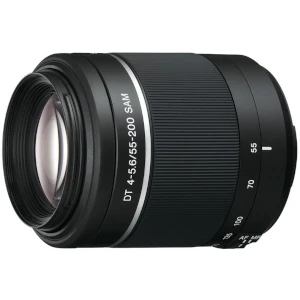
- Telephoto zoom range.
- Great for portrait or wildlife photography.
- Smooth Autofocus Motor (SAM).
- Inexpensive.
See current price and more information on:
A budget selection that can still produce impressive results. a professional lens, accordingly as long as you do not need high end tech, it is a great lens.
As a telephoto zoom, it has a very good range for shooting pictures of wildlife, children outdoors, and sports.
The autofocus is quick and it delivers sharp pictures. It’s made out of plastic, which will help cut down on weight.
Sony 75-300mm f/4.5-5.6
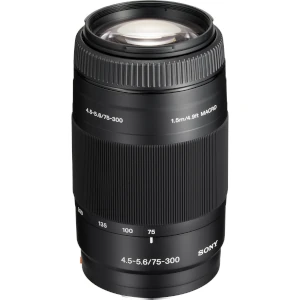
- Super telephoto zoom lens.
- Great for portrait or wildlife photography.
- 2.81 inches in diameter and 4.81 inches long.
- 55mm filter threads.
See current price and more information on:
This meets the criteria of a super-telephoto lens. It is a terrific cheap alternative for any time you would like a lots of reach.
It’s only 4.8 inches (12.2 cm) long, 2.8 inches (7.1 cm) in diameter, and is 1 pound 2 ounces (510g). While not light, many pro telephoto primes and zooms are multiple times that weight.
For a little improved performance you can look for the Sony 70-300mm f/4.5-5.6 SSM ED G-Series, but count on spending about twice the price.
Wide Angle Lens
Sony DT 11-18mm f/4.5-5.6
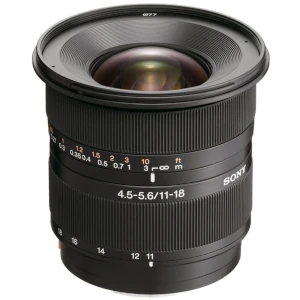
- Has a aspherical lens elements.
- Optical multi-coatings.
- Great value when purchased used.
- Circular aperture.
See current price and more information on:
Amazing value for the money if you want to be able to take beautiful wide angle images that a standard kit zoom can’t get. Distortion, especially of vertical lines is minor or non-existent unless you are intentionally trying to create an distorted perspective.
As well as being good at taking stunning landscapes, it’s an excellent lens to travel with. The angle of view is wide enough so that when you see something you’ll be able to get everything in frame.
Sony 20mm f/2.8
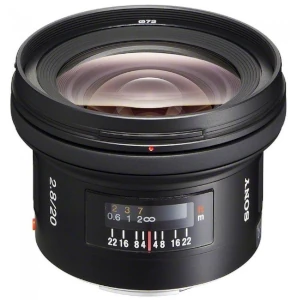
- Great for landscapes and architecture.
- Coated optics for clarity and definition.
- Rear focusing system for fast autofocus response.
- 72mm filter threads.
See current price and more information on:
It’s a well-corrected lens that does a very good job of reducing distortion. In addition, a great deal of effort has been put into cutting down on internal reflections and flare.
The result is a fantastic lens that is appropriate for architecture, landscape, and astrophotography. The rear focusing system means the front doesn’t rotate so you will not have any complications using a polarizer or different filter.
Tokina AT-X 11-16mm f/2.8 DX II
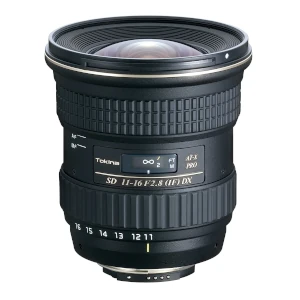
- Wide angle zoom lens.
- Hardened Alumite finish.
- Advanced optical coatings.
- All metallic moving parts.
- Designed for APS-C Sensors.
See current price and more information on:
It doesn’t have tremendously fast autofocus, but the focus clutch makes it a very good selection for manual focusing. A push or pull of the focus ring will switch the lens from auto to manual focus.
The Tokina is faster when compared to the Sony 11-18mm, which isn’t a big deal for architecture or landscape photography. Where you will notice a difference is with astrophotography. That is a scenario where you’d want to take advantage of the 1-to-2 stop advantage the Tokina offers.
Fisheye
Sony 16mm f/2.8 Fisheye
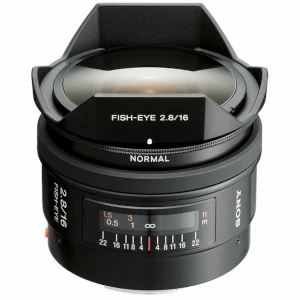
- Sharp corner-to-corner.
- 4 built-in filters: Normal, 056, B12, A12.
- 8 inch minimum focus distance.
- Aspherical and Extra-low Dispersion elements.
See current price and more information on:
Having built-in filters is an awesome addition due to the fact the lens has a fixed petal-style hood which means a lens filter can not be put on the front of the lens.
- 056 - Accented contrast for black and white photos.
- B12 - Correct color by eliminating red tones.
- A12 - Correct color by eliminating blue tones.
This lens has pretty much everything you could require from a fisheye. You’ll get corner-to-corner sharpness without vignetting while still obtaining exaggerated distortion.
Rokinon 8mm f/3.5 Fisheye
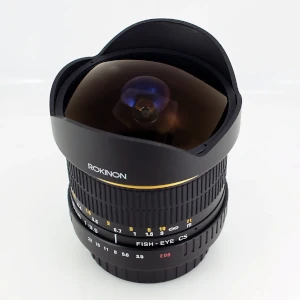
- Internal focus.
- 180 degree angle of view.
- Manual focus.
- Minimum focusing distance of 12 inches (0.3m).
- Designed for APS-C sensors.
See current price and more information on:
The lens contains a round front element that means lens filters can not be used. It has a snap-on petal-type lens hood that you’ll want to ensure is included if you order a pre-owned copy.
Quality will be a little hit or miss because of the very low price. A majority of people are very pleased with the images they get. You’ll nevertheless want to fully check out the lens when you obtain it to make sure it is not substandard.
Macro Lens
Sony 100mm f/2.8 Macro
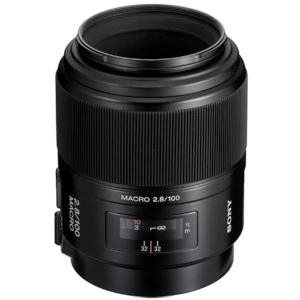
- 9 aperture blades.
- Focus range limiter.
- High contrast and resolution.
- 55mm filter threads.
See current price and more information on:
The perfect balance of price, working distance, and weight for the Sony A300. The autofocus can be somewhat loud, but for b taking macro photos, manual focus is easier than using af.
For the highest quality results at 1:1 magnification the lens really needs to be stopped down by a minimum of 2 stops. Doing that will additionally give you a larger depth of field, which is useful for macro.
Sony 50mm f/2.8 Macro
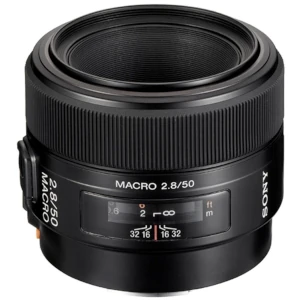
- 10.4 ounces (295g).
- Focus range limiter.
- Focus Hold button for full creative control.
- 55mm filter threads.
See current price and more information on:
A 50mm is not that great for 1x magnification because of how small the working distance will be. At 1x magnification, the front of the lens will have to be around 2 inches (5 cm) away from the subject.
This lens is ideal for copy work, tabletop, and close-up photography. It can be used to get closer to a subject than a standard 50mm, which is perfect for nature photography whenever you want to fill the frame with a smaller sized subject, for example a flower.
Tamron AF 90mm f/2.8 Di SP A/M 1:1 Macro
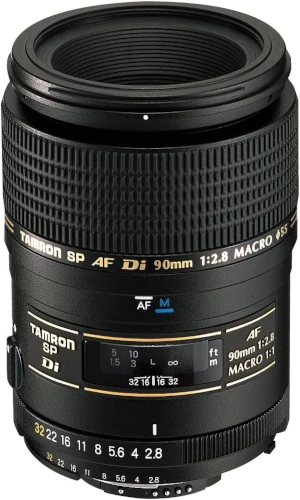
- Available in a variety of camera mounts.
- Improved resolution, chromatic correction, and optical coatings.
- Super Performance (SP)
- Focus clutch to switch between AF & MF.
See current price and more information on:
The focus ring feels great when manually focusing, and the lens also has autofocus. Closed down at least a couple of stops and you’ll get sharp images.
In additon, be mindful when buying this lens as it’s manufactured for various camera mounts.
Used A-Mount Camera Lens Prices
Pricing is frequently changing. Over the previous several years, interest in film shooting has been climbing. Seeing as there are 35mm Minolta cameras that use the A-mount, some additional demand is placed on the price of lenses.
The Sony A-mount also does not hold a big market share. That is why, there are less third party choices and the lenses built by Sony are often on backorder.
To obtain the lowest price, look at several sites. For used lenses, be prepared to make a purchase when you come across a bargain as they tend not to last long.
What Lens Mount Does the A300 Use?
The Sony A300 uses the Sony A-mount. It’s also identical to the Minolta A-mount. This is due to Sony purchasing Konica Minolta’s imaging division in 2006.
Minolta developed the A-mount for the intro of interchangeable lens autofocus cameras in 1985. It is still actively supported to this day.
Standard Lens Cap Size
55mm, but in reality the sizes are sporadic. Previous Minolta lenses have 49mm filter threads.
There are several lenses that have filter threads much bigger than 55mm. It is not unusual to see 77m or 72mm filter threads. It would’ve been good if Sony lenses needed only 2 or 3 different filter sizes.
